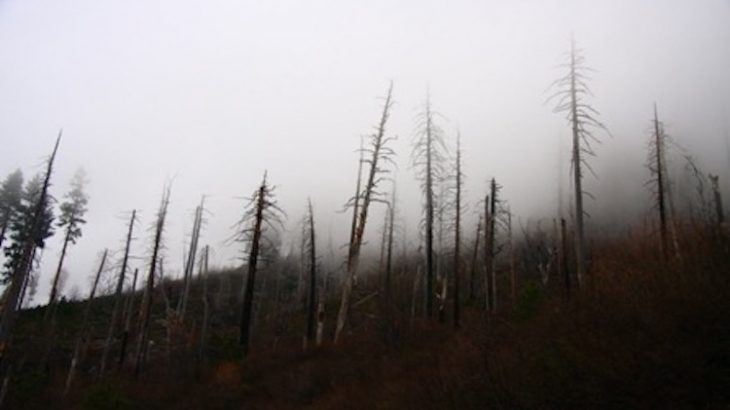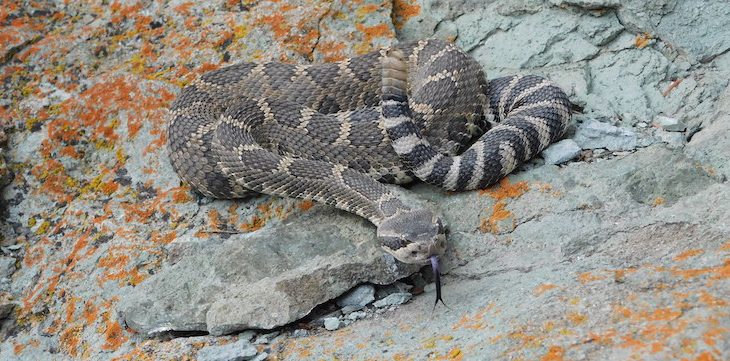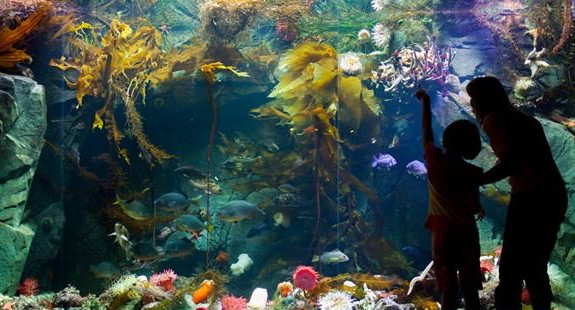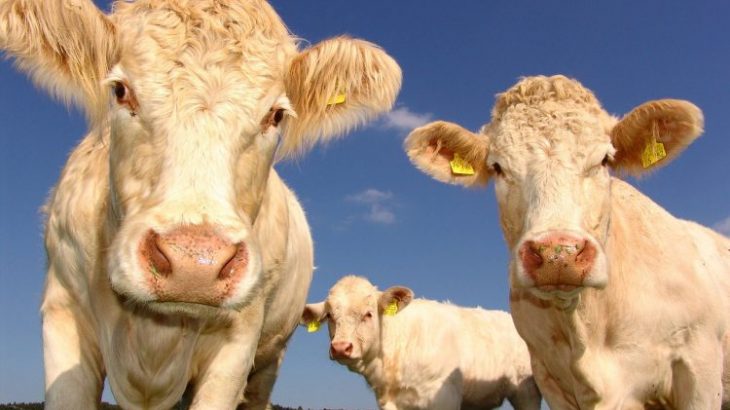
Mo Al-Khalaf, Guest contributor Cardiovascular disease is the second leading cause of death among Canadians and is the number one cause of mortality globally. All indicators point to an increase in the prevalence and severity of heart diseases in the coming decades, including ischemic heart disease, hypertensive heart disease, cardiac arrhythmias, and stroke. As the […]







